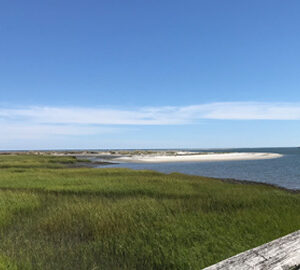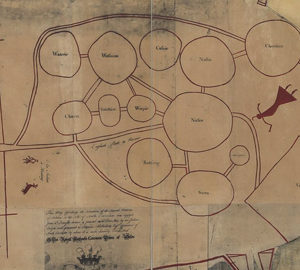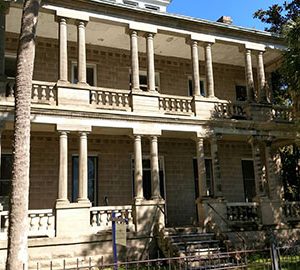The Carolina Marsh Tacky or Marsh Tacky is a rare breed of horse, native to South Carolina.

A small horse, it is well adapted for use in the lowland swamps of South Carolina. The Marsh Tacky was brought to the our coast by Spanish explorers, settlers and traders as early as the 16th century. The horses were used by the colonists during the American Revolution, and by South Carolinians for farm work, herding cattle and hunting throughout the breed’s history.
The breed is considered to be critically endangered. There are only around 400 Marsh Tackies in existence today. In 2007, the Carolina Marsh Tacky Association started preserving and promoting the Marsh Tacky.
Characteristics:
- The Marsh Tacky generally stands between 156 and 58 inches high.
- Today, the breed comes in a wide variety of colors, including dun, bay, roan, chestnut, black and grullo.
- Historically, multi-colored patterns such as pinto were found, but they were not selected for when breeding, and today are not seen.
- The profile of the breed’s head is usually flat or somewhat concave.
- The forehead is wide and the eyes set far apart. The neck is attached low on the chest compared to many other breeds.
- Its chest is deep but narrow and the shoulder long and angled.
- The legs have long, tapering muscling.
The Marsh Tacky is known for its stamina and ability to work in wet terrain without panicking.
They tend to be sure-footed, sturdy, smart, and able to survive in challenging coastal environments, as well as being easy keepers. Their small size and gentle nature made them the historically preferred mount for children and women.
After the American Civil War, they were commonly used by members of the Gullah community for use in fields. The breed derives the “tacky” part of its name from the English word meaning “common” or “cheap”, as these horses were the most common breed in their area of the country for most of their history.
During the height of their popularity they ranged from Myrtle Beach to St. Simon’s Island, GA.
The Tackies continued to be used during World War II. Members of the beach patrols rode them during the surveillance of South Carolina beaches. Nazi U-boat attacks and enemy troops or spy landings.
During the 1960s, Marsh Tackies were used in races on Hilton Head beaches. This tradition was revived in 2009 during the Gullah Cultural Festival, and the races will be continued at the festival in future years.
Source: https://en.wikipedia.org.




